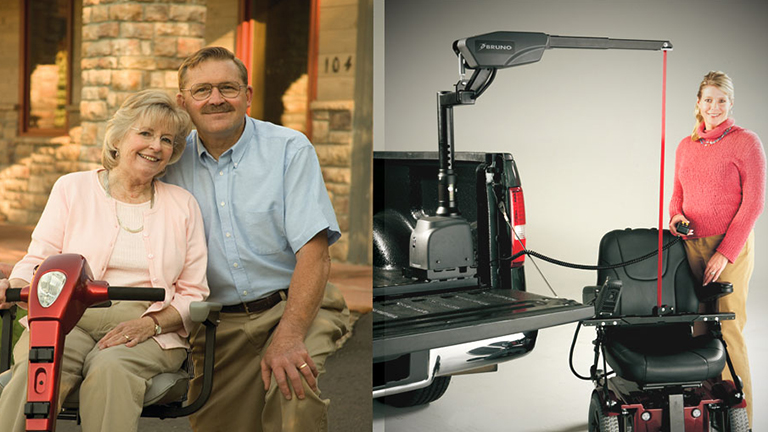DYNACAST
“Salesforce is powerful for future acquisitions. Now instead of 24, 25, or 26 sales teams, we’ll have one common sales platform going forward.”
Global manufacturer Dynacast deploys Salesforce to globalise its data.
Do the world’s best products come from one place? No, they generally come from complex supply chains that span the globe. So if you’re a supplier of parts that go into those products, you too have to span the globe.
Dynacast manufactures precision engineered metal components for leading brands like Gillette in virtually any industry — consumer electronics, automotive, healthcare — where quality, precision, and global reach are critical. “Every single person that I meet picks up something every single day of their life that has a Dynacast component inside of it,” said CEO Simon Newman, who noted that the company delivers over five billion components globally every year from 23 facilities in the Americas, Europe, and Asia.
These impressive numbers don’t tell the whole story of how a company from Charlotte, North Carolina, became a key partner to global manufacturers. After its expansion through mergers and acquisitions, Dynacast had 23 separate sales teams around the world using different systems in ways that caused issues with forecasting, permissions, and keeping everyone — from a salesperson in China, to a manager in Germany, to the CEO in America — on the same page with the same data. What the company realised was that physical expansion alone wasn’t enough. To better connect with customers, it had to expand the ways it shared data, too.
“From a sales manager to a salesperson, an EVP to a VP, CEO to CSO — we’re all using exactly the same data.”
New locations require new CRM.
Dynacast had been an early adopter of CRM, and global expansion made the need to move on from its legacy system clear. But what finally drove Dynacast to switch was dashboarding — or a lack thereof. In their pipeline reviews, executives couldn’t see the information they needed to anticipate new equipment, plant expansion, and other capital expenditures. Mobile was the other breaking point. Dynacast needed a new CRM solution that worked with any device.
Dynacast had become a global manufacturing force without a globalised way to share sales data and the reports its executive leadership demanded. The company needed a solution that would fix immediate problems and enable dynamic growth. After looking at a number of top vendors, Dynacast chose Sales Cloud.
Now, everyone can look at the same data at the same time. “From a sales manager to a salesperson, an EVP to a VP, CEO to CSO — we’re all using exactly the same data,” said Chief Sales Officer Tom Kerscher.
Customers crave a unified experience.
This profound change has important consequences for customer relations. “Some of our customers have 200–300 manufacturing sites. We might supply them from 15 locations. They want us to feel like one company, not 15 different companies,” explained Kerscher, who noted that even small manufacturers will have design in one location and factories in another. By sharing critical information on Sales Cloud, Dynacast creates the same feel for its customers everywhere around the world.
But Dynacast is not stopping there. Because its sellers use Sales Cloud to easily capture customer data in the field on mobile devices, Dynacast models when to engage with the right people at the right time. “When you map their buying process perfectly — and there’s data capture going on constantly — it makes your customer’s life much easier. It’s a much more friendly process to them,” said Kerscher.
The next goal, according to Kerscher, is to add Salesforce to its plants so that everyone who touches the customer — engineering, customer service, and quality assurance teams — is on the same platform. “When you can wrap your arms around the customer holistically,” said Kerscher, “you see more cool things with ROI and customer satisfaction improvements.”
Sales Cloud has helped increase customer acquisition, number of projects, and size of projects to the point where Dynacast expects to grow 7%–10% this year. Sales Cloud is also “powerful for future acquisitions,” said Kerscher. “Now instead of 24, 25, 26 sales teams, we’ll have one common sales platform going forward.”
Keep exploring stories like this one.
Questions? We’ll put you on the right path.
Ask about Salesforce products, pricing, implementation, or anything else — our highly trained reps are standing by, ready to help.







